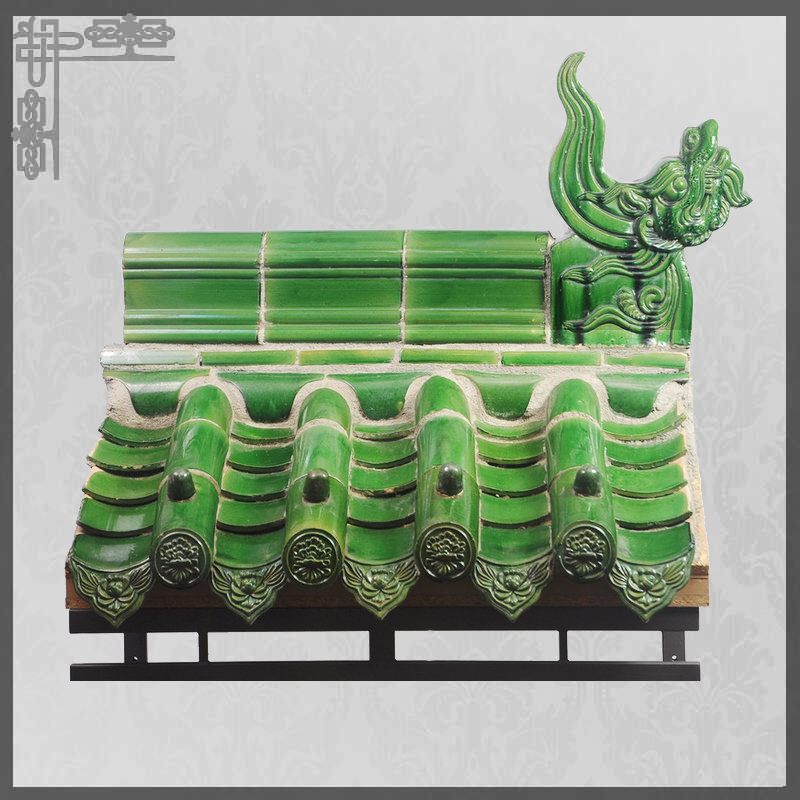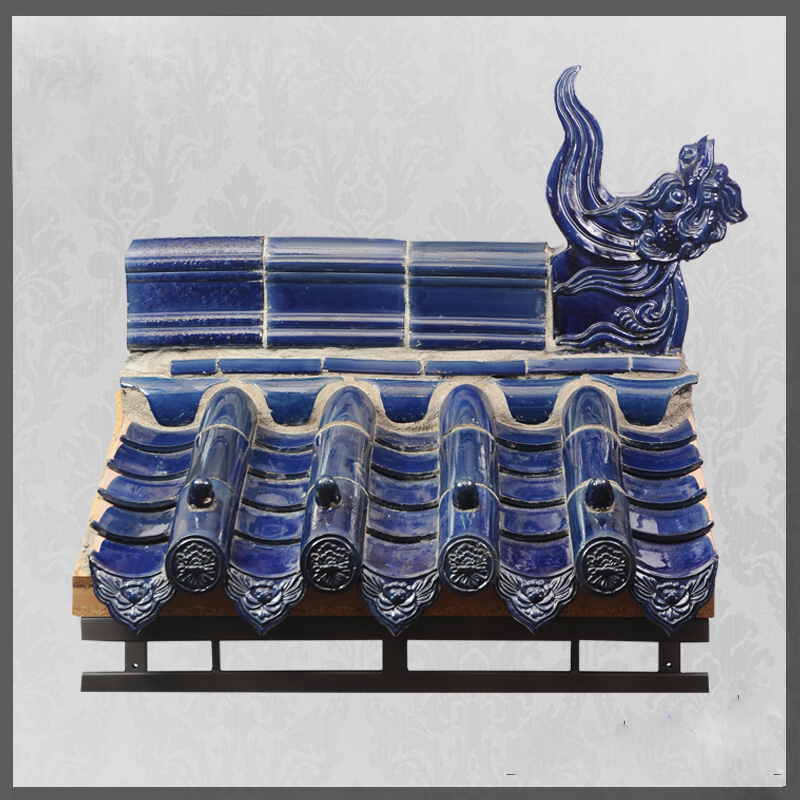- Call Us :+86 13663796880
- Email :nicole@sfrooftile.com
- Working hours :24 hours a day
- Language :Chinese
Nicole Zhang
+86 13663796880
+86-379-63262958
nicole@sfrooftile.com
Glazed tiles are important building materials in ancient Chinese architecture. Glazed tiles were widely used for roofs in the Tang Dynasty. In the Ming and Qing Dynasties, glazed tiles were essential building materials for roofs of palaces, royal residences, sacrificial buildings and temples, and became one of the characteristics of ancient Chinese architecture.
The glazed tiles were also spread to other parts of East Asia (Japan, Korean Peninsula, Vietnam). According to the Japanese Chronicle, in 767 (the era of Nara, Japan), the roof of the jade hall in the east courtyard of Pingchengjing was built with glazed tiles.
1. Type
The glazed tiles are divided into:
Glazed pan tiles: used for senior pavilions in palaces. The section perpendicular to the main shaft of the tile is a semicircular arc. During manufacturing, the tile blank soil is surrounded on the barrel mounted wood mold to form a barrel shaped blank, which is cut into two halves and fired in the kiln.

Glazed eaves tiles: Glazed tube tiles used for cornice, one end of which is a semicircular arc, and one end near the semicircular arc has nail holes for fixing the glazed tube tiles of cornice; At the other end are round tiles decorated with patterns.

Glazed flat tiles: used for medium grade buildings. The section perpendicular to the main shaft is in 1/4 (Song style) or 1/6 (Qing style) arc shape, and the tubular billet is cut into four or six pieces and then fired.

Glazed drip tiles: glazed tiles used to decorate cornices, one end of which is 1/4 arc shaped, and the other end close to the eaves is decorated with a vertical point or a fish lip.

Glazed enclosed tiles: used at the intersection of two slopes of the roof.

Glazed wen: It is used at the intersection of roof straight ridge and vertical ridge. It is mostly in the style of dragon head.

Glazed beasts: they are covered at the lower end of the vertical ridge, including dragons, phoenixes, lions, seahorses, Tianma, Lion Dragon, fish escorting, bullfighting, Xie Zhi, and Xingza.

2. Specifications
According to the original ten sizes of glazed tiles made in the Qing Dynasty, they ranged from one to ten, but the first and tenth types were not used, and only two to nine types were used.
| Glazed Pan Tile | Length(cm) | Width(cm) | Thickness |
| The Second Type | 41.7 | 21.7 | 2.2 |
| The Third Type | 38.3 | 20 | 2 |
| The Forth Type | 36.7 | 18.3 | 1.8 |
| The Fifth Type | 35 | 16.7 | 1.7 |
| The Sixth Type | 31.7 | 15 | 1.5 |
| The Seventh Type | 30 | 13.3 | 1.3 |
| The Eight Type | 28.3 | 11.7 | 1.2 |
| The Ninth Type | 26.7 | 10 | 1 |
| Glazed Flat Tile | Length(cm) | Width(cm) | Thickness |
| The Second Type | 45 | 36.7 | 2.2 |
| The Third Type | 41.7 | 33.3 | 2 |
| The Forth Type | 40 | 31.7 | 1.8 |
| The Fifth Type | 38.3 | 28.3 | 1.7 |
| The Sixth Type | 35 | 25 | 1.5 |
| The Seventh Type | 33.3 | 23.3 | 1.3 |
| The Eight Type | 31.7 | 21.7 | 1.2 |
| The Ninth Type | 30 | 20 | 1 |
3. Colour
The Qing Dynasty had strict regulations on the glazed tiles used in buildings of different grades.
Yellow glazed tiles: used in imperial palaces and mausoleums, such as the Forbidden City of Beijing and the Ming Tombs.
Green glazed tile: used in the palace.
Blue glazed tiles: used for sacrificial buildings, such as the Temple of Heaven Hall for Praying for Good Harvests. The roof is paved with blue glazed tiles, symbolizing blue sky.
Black glazed tiles and purple glazed tiles are mostly used for pavilions and pavilions in imperial gardens.



